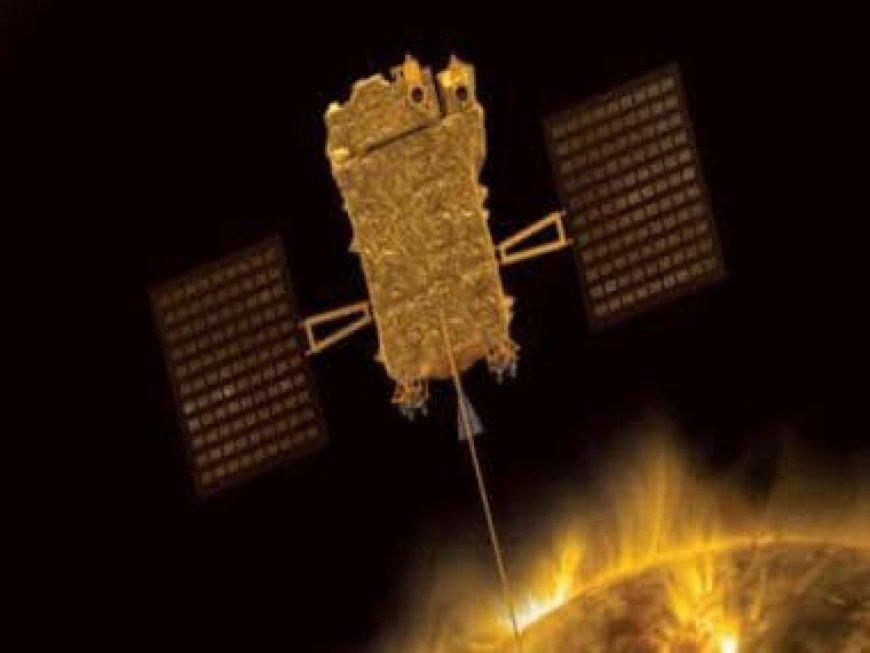Vantage Point: What is Lagrange Point 1 and why is ISRO spending Rs 400 cr to send Aditya L1 there
Vantage Point: What is Lagrange Point 1 and why is ISRO spending Rs 400 cr to send Aditya L1 there

The Indian Space Research Organisation or ISRO is going to attempt a brave mission to create history, yet again. The Indian space organisation is planning to launch the Aditya-L1 observatory, on board the PSLV-C57 rocket on September 2, 2023, from the Satish Dhawan Space Centre SHAR Sriharikota, India.
The mission is to place the Aditya L1 observatory at Lagrange Point 1 or L1, a special point between the sun and the Earth, from where it will be able to study the star with an uninterrupted view.
For this mission, ISRO is going to spend over Rs 400 crores. If that number seems high, rest assured, that’s not the case — after all, ISRO has a knack of completing its space missions at an abnormally low cost. But why is ISRO placing an observatory at L1 or Lagrange Point 1 in the first place?
What is a Lagrange Point
There are several points in our solar system, where the gravity of the sun, is equal to the gravity of a planet. These are called Lagrange Points. In total, there are 5 such points.
Lagrange Points are specific locations in space where the combined gravitational pull of celestial bodies, in Aditya’s case the Sun and the Earth, leads to intensified areas of both attraction and repulsion. As a result, smaller bodies, such as orbiters or satellites can remain suspended in that position, while moving around in an orbit, around an unspecific point.
These strategic points can be used by spacecraft to minimize the amount of fuel required to maintain their position.
In the context of the Earth-Sun system, Lagrange Point 1 (L1) is situated at a position nestled between the Earth and the Sun, approximately 1.5 million kilometres away from Earth, directly facing the Sun. This specific point aligns with the imaginary line that connects these two celestial bodies and is positioned along Earth’s orbital path around the Sun.
What Makes Lagrange Point 1 or L1 so fascinating
L1 holds a distinct allure due to its inherent stability in between the Earth-Sun system. This stability emerges from the intricate interplay of gravitational forces at this juncture, making it an ideal position for a variety of scientific investigations and space endeavours.
One prominent example involves the Solar and Heliospheric Observatory (SOHO), strategically situated near L1 for an uninterrupted viewpoint of the Sun and outer space, unaffected by Earth’s atmospheric interference or the light-dark cycle. This means the Aditya-L1 will have a constant view of the sun, and won’t have to deal with eclipses or any other phenomena.
Using the unique vantage point offered by L1, the Aditya-L1 will have four scientific payloads with a direct line of sight to the Sun, while three other payloads will engage in on-site analysis of particles and fields at L1.
What will Aditya-L1 study from Lagrange Point 1
Aditya-L1 is equipped with seven distinct payloads designed to closely examine different layers of the Sun, including the photosphere, chromosphere, and the outermost layer known as the corona. These payloads employ electromagnetic particle and magnetic field detectors for their observations.
Four of these payloads have a direct line of sight to the Sun, while the remaining three focus on conducting on-site investigations of particles and fields within the Lagrange Point L1. As a result, this mission plays a crucial role in advancing our understanding of various solar phenomena and their effects on the interplanetary environment, as well as on Earth.
ISRO also elaborated, stating, “The instrumentation carried by the Aditya L1 payloads is anticipated to yield pivotal insights into key areas such as coronal heating, coronal mass ejections, pre-flare and flare activities, along with their distinct characteristics. Additionally, it will contribute to our comprehension of space weather dynamics and the propagation of particles and fields.”
What's Your Reaction?



























































